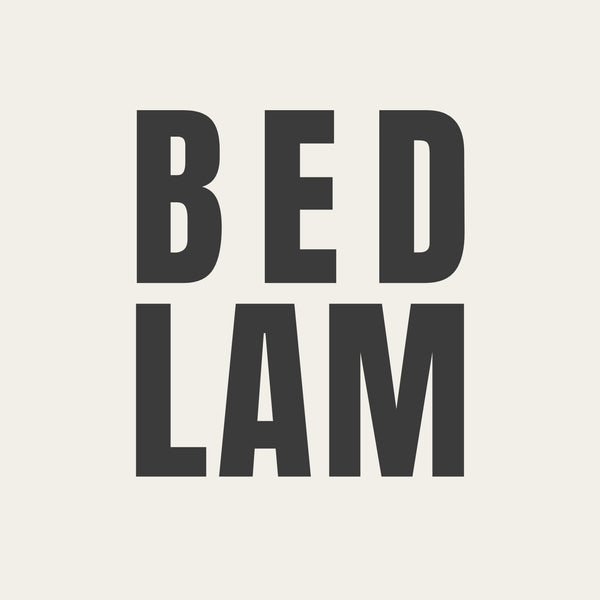French Linen has become a buzzword in luxury home textiles, instantly evoking lavender fields, centuries-old looms, and fine European craftsmanship. But the reality often falls short of that romantic image. In this French Linen myth guide, we’re diving into where your linen bedding is really made, why it matters, and how to tell the difference between marketing and authenticity.
What the French Linen Label Really Means
The term French Linen technically refers to linen made from flax grown in France. French flax is considered some of the best linen flax in the world due to its ideal growing climate and soil conditions. However, what many brands don’t tell you is that just because the flax is French doesn’t mean the fabric is.
In many cases, flax is harvested in France, then shipped to factories in China, India, or elsewhere for spinning, weaving, dyeing, and sewing. The result? A product marketed as French Linen that has little connection to European standards of craftsmanship.
Why This French Linen Myth Matters
1. Quality Control
European textile mills, especially in France, Belgium, and Lithuania, are renowned for their high production standards. They invest in better looms, finishing techniques, and environmental practices. In contrast, many overseas manufacturers focus on lowering costs, often sacrificing quality. The feel, durability, and longevity of true European-made are unmatched.
2. Chemical Safety
Linen production involves several processes, including retting, spinning, and dyeing. European manufacturers follow strict regulations around chemical usage and environmental impact. Unregulated factories abroad may use harmful dyes or chemical softeners, putting your health and the planet at risk.
3. Ethical Labor Practices
When you buy authentic linen sheets made in Europe, you're also supporting fair labor practices and safer working conditions. In contrast, overseas production can involve exploitative labor, poor working conditions, and a lack of wage transparency.
4. Transparency & Trust
Consumers are becoming more discerning, and the French Linen myth undermines trust in luxury brands. Misleading labels that highlight French flax while omitting production details create confusion and erode confidence.
5. Energy & Water Usage
European textile production is subject to strict environmental regulations that promote energy efficiency and water conservation. In contrast, many overseas operations lack transparency and oversight, leading to higher environmental costs. Choosing linen fully processed in Europe is a more sustainable option. Learn more on our BEDLAM Sustainability Page.
6. Overpaying for Misleading Marketing
The French Linen label often commands high prices, yet the quality rarely matches the cost when the product is made outside Europe. Consumers are frequently paying a premium for branding, not true craftsmanship. This disconnect reinforces the French Linen myth—driving up prices while delivering mass-produced goods. To get genuine value, buyers should seek European-made linen with certifications.
How to Spot Authentic High-Quality Linen
Spotting the real deal isn’t always easy, but here are a few reliable ways to verify authenticity:
- Check the Country of Origin: Look for brands that specify not only the flax origin but also the manufacturing location. If it's grown in France and woven/sewn in Europe, that's genuine French Linen.
- Look for Certifications: European Flax® and OEKO-TEX® certifications indicate ethical and safe production practices.
- Feel the Fabric: Authentic French Linen should feel substantial yet soft, with a slightly textured hand that improves over time.
- Research the Brand: A trustworthy brand using French Linen language will be transparent about its sourcing, manufacturing, and values.
European Quality Linen You Are Looking For
At BEDLAM, we reject the marketing shortcuts behind the French Linen myth. Our linen is not only made from premium French flax but also woven, finished, and sewn entirely in Europe. That means high-quality European Linen—from seed to sheet.
Because we don’t spend on flashy advertising or middlemen, every dollar you invest goes directly into the quality of our product. We prioritize craftsmanship, not marketing budgets. The result? Exceptional softness, superior durability, and a bedding experience rooted in honesty and transparency.
Check out the Linen Sheets Guide
Want to know more about what makes linen truly luxurious? Check out our Linen Sheets Guide for expert tips on getting the most from your bedding.
Trusted Industry Resources
Curious about certifications and textile sourcing? Visit European Flax® official site to learn more about verified European linen standards. A good example of well-certified European linen is BEDLAM, with multiple certifications from independent industry governing bodies.
The Bottom Line
The term French Linen shouldn't just be a marketing ploy—it should mean something. When you understand the difference between authentic European-made linen and outsourced production, you're empowered to make better choices. Say goodbye to the French Linen myth and hello to the real thing.
Choose your linen sheets carefully to ensure it is the best choice for your health and comfort.
Thank you for reading this article. We do not use any paid ads and instead invest in the best quality-price ratio and customer support. Sharing this blog could really help our efforts and ensure more people experience the high-quality linen sheets they deserve.

